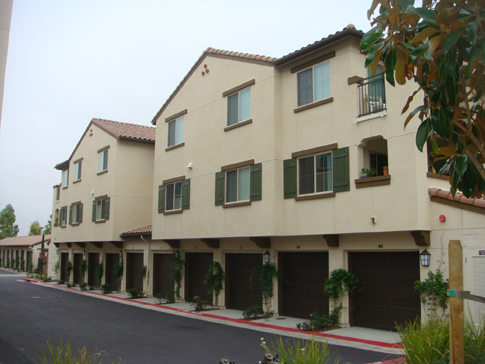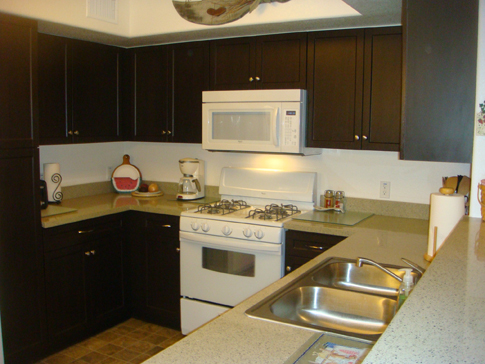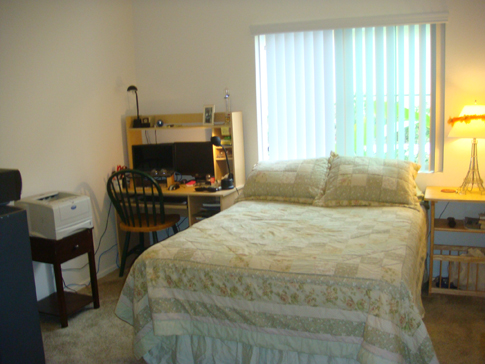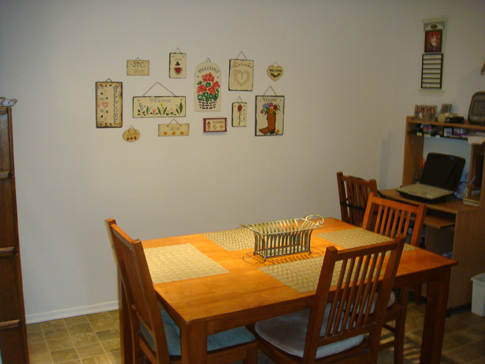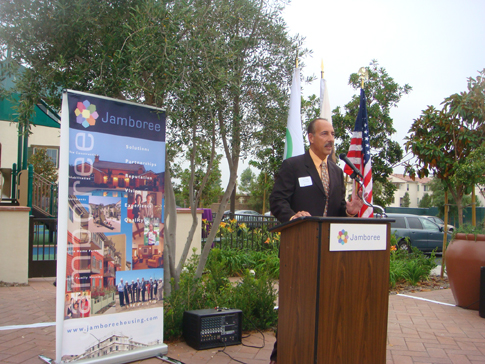test said:test said:zakami said:The same way the assisted living development at Tustin Legacy will affect prices at Columbus Square.
I think you're confusing North Tustin with Tustin Legacy.
Why Tustin Legacy wasn't chosen - higher cost keeps the riff raff out.
------------------------------------------------------------------------------------------
Tustin Legacy Alternative Site
In response to community input during scoping for the EIR, the feasibility of developing an alternate site on the former Marine Corps Air Station (MCAS), Tustin was evaluated. The MCAS Tustin Specific Plan/Reuse Plan Project area encompasses approximately 1,606 gross acres. The majority of the Plan area, 1,511 acres, lies in the southern portion of the City of Tustin. The Land Use Plan contains thirteen (13) separate land use designations. There are 444.6 gross acres available for residential development and development of up to 4601 dwelling units. Approximately 20 percent of the Plan area has been dedicated to recreation and open space uses, including an approximate 84-acre Urban Regional Park, a 25-acre Community Park. The area is now called Tustin Legacy.
Kisco Senior Living, who will be the developer of the proposed Project on behalf of the Diocese, has looked in the Tustin Legacy area to acquire an 8 ? to 10-acre site for a senior living community for several years. As recently as 18 months ago, land owners wanted approximately $2 million per acre for the land. More recently, owners have discussed a land price of $1.5 million per acre (Ferrero 2009). Tustin Legacy is in a Mello-Roos Community Facilities District (CFD) which allows for financing of public improvements and services. A special tax lien is placed against each property in the CFD and property owners then pay the tax each year. By law (Proposition 13), the special tax cannot be directly based on the value of the property. Instead, taxes are based on mathematical formulas that take into account property characteristics such as use of the property, square footage of the structure and lot size. Parcels evaluated by Kisco Senior Living included a property tax rate up to the County maximum of 2 percent (Ferrero 2009). In addition to the higher property taxes, redevelopment of the 84-acre regional Park (Legacy Park) would include a master association as well as sub-associations. Based on discussions, it is anticipated that association fees would be approximately $300,000 per year for an 8- to 10-acre parcel, subject to final design plans.
The proposed Project site was donated to the Catholic Diocese in 1958 with the intent that the land would be used to fulfill the faith-based mission of the Diocese. To develop a senior living community in the Tustin Legacy area, the Diocese would need to sell the land it owns outright in the NTSP and purchase land at Tustin Legacy. If sold, the land would most likely be developed as single family homes. As discussed above, land at Tustin Legacy would cost between $12 million and $20 million, depending on cost per acre and parcel size. Furthermore, the higher tax rate of the CFD (2 percent) at Tustin Legacy would cost the Diocese between 240,000 and 400,000 annually, a dramatic increase over property taxes costs for the NTSP land. In addition to increased taxes, land at Tustin Legacy would result in annual association fees of approximately $300,000. The high costs of land, annual property taxes, and association fees makes the development of senior living community at Tustin Legacy more difficult, and less economically viable as compared to the proposed Project site in the NTSP. Finally, the Diocese believes that selling the donated land, and its likely development as single family homes by a home-builder, would undermine the trust established between donors and the faith-based mission they choose to support when gifting the land to the Catholic Church. It is essential to the Church?s mission that trustworthiness and respect for donor intent are maintained by assuring that donations are used for the purpose expressed. Consequently, Tustin Legacy Alternative Site has been rejected from further analysis.
Won't the higher cost of land, association fees, and taxes keep many businesses from moving or opening at this site? A big part of the plan is jobs and a mini city in that area. How will they attract any companies or businesses with such high tax rates?
